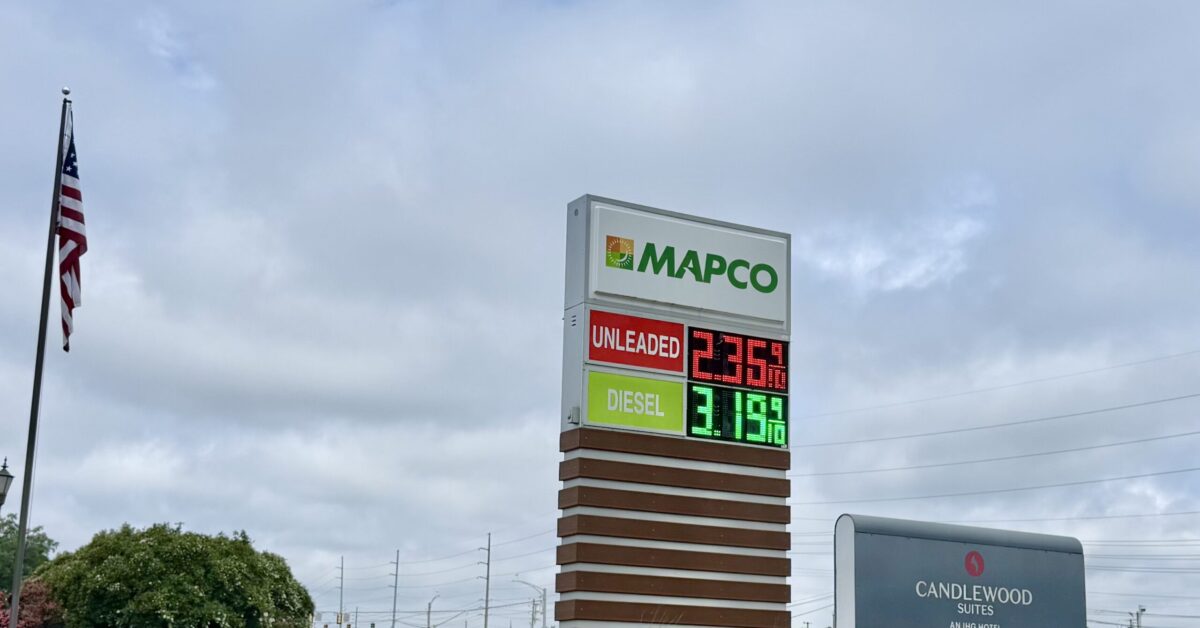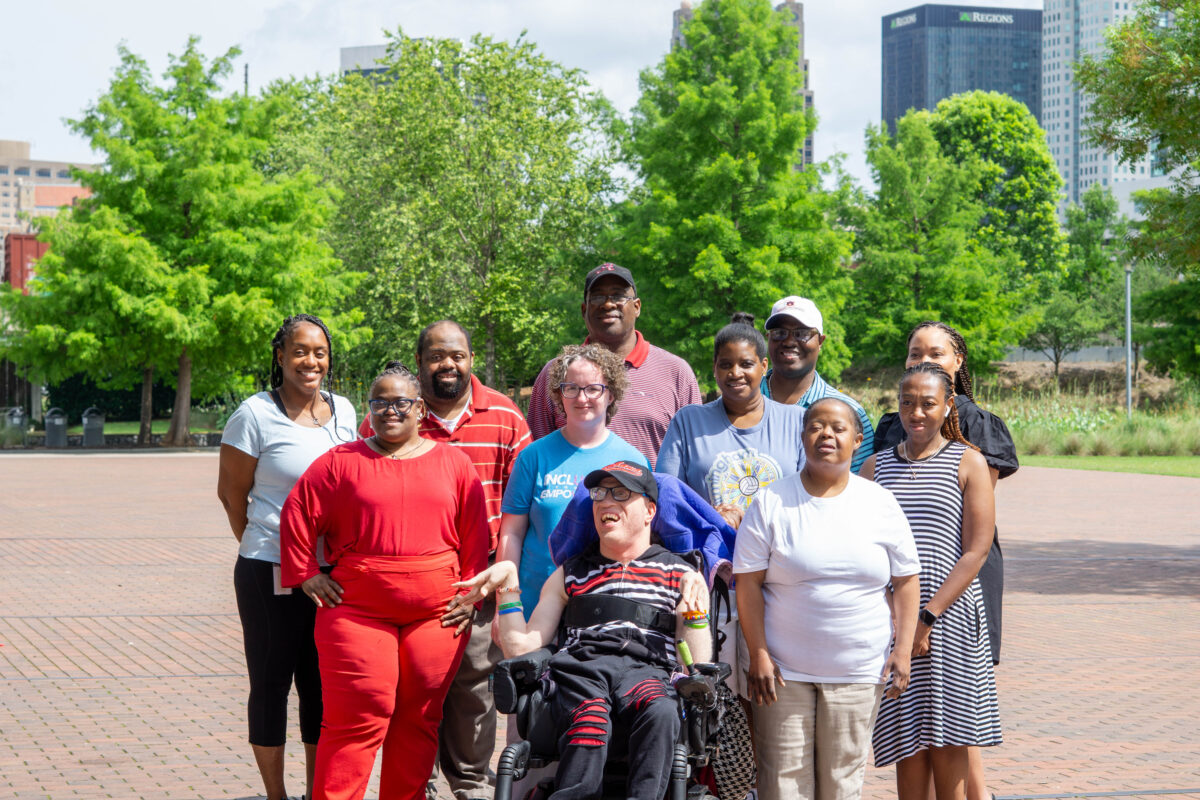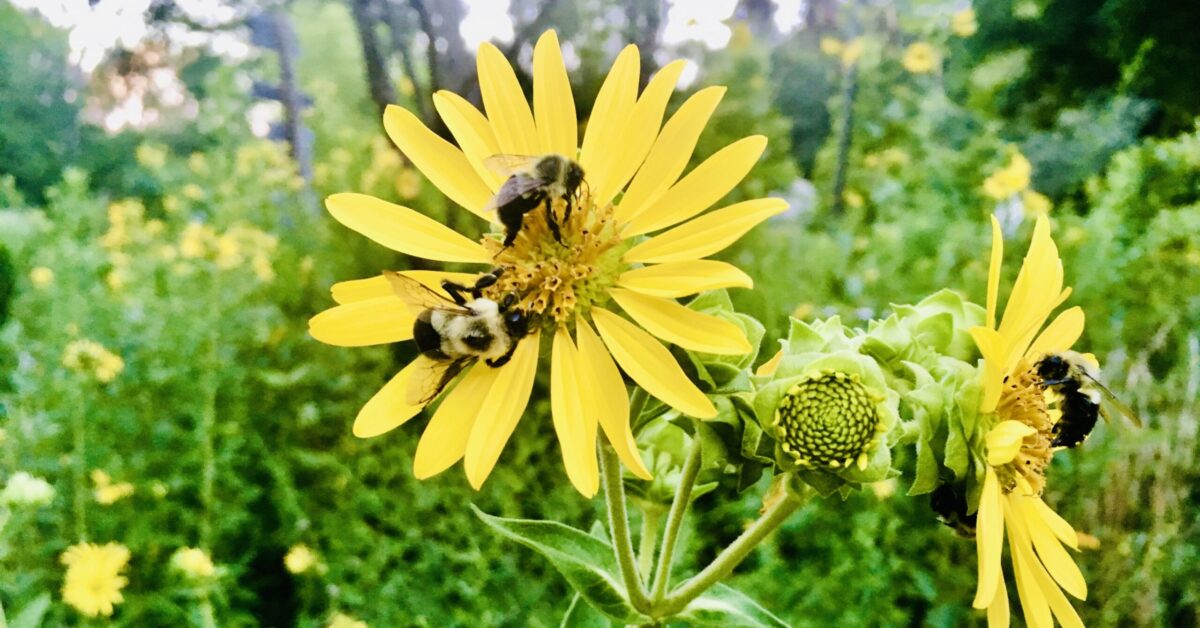Reviewed by: Nathan Watson
Alabama’s artificial reef program is the best in the world. Here’s why that’s important.
Reading time: 6 minutes
Sponsored

Can you believe, before the 1950s, there was little fishing along the coast of Alabama?
Why? Fish thrive when there are natural reefs. Alabama has very few.
“The seascape off of Alabama is pretty barren until you get out 50 or 60 miles offshore,” described Craig Newton, the state’s artificial reef program coordinator.
That all changed in the 1950s when a few charter boat captains began looking for a way to increase fishing opportunities off the coast. They built the first artificial reefs by deploying 100s of car bodies cabled together in the waters near Orange Beach and Dauphin Island.
The plan worked.
“Any kind of structure we put out there serves as a refuge and provides foraging opportunities for reef-associated fish. It produces fish people typically like to bring home for dinner.”
In this story—our final installment in a three part series about the impact state agencies can have on our lives in Alabama—we examine the state’s wildly successful artificial reef program and the work of the Alabama Department of Conservation and Natural Resources. (ADCNR)
Story of Alabama’s Artificial Reefs

If the University of Alabama Press, the publisher of nature books like Butterflies of Alabama, Turtles of Alabama or Southern Wonder were looking for a new topic to write about, here is an idea…tell the story of Alabama’s artificial reefs.
It is a guaranteed page-turner.
Explosive Growth

The artificial reef building movement grew in the mid 70s when the Marine Resources Division converted old World World II retired merchant marine vessels called Liberty ships into offshore reefs.
Over the years, reef building conservationists got more and more creative. Love the names of these projects:
- Roads to Reefs—an initiative instituted in the 1990s using rubble from bridges and roads to create reefs.
- Rigs to Reefs—turning abandoned offshore oil and gas platforms into reefs.
“We’ve fostered partnerships with a wide group of organizations, like the Alabama Wildlife Federation, Coastal Conservation Association of Alabama and various industries,” said Newton. “For example, we’ve conducted several projects with Alabama Power where some of their older equipment has been converted into artificial reefs. Not only does it save money for the industry, it also saves money for Alabama Power’s customers.”
10,000+ Reefs and 1094 Square Miles of Water Bottoms Off the Alabama Coast

Following these efforts, the state started acquiring authorization from the Army Corps of Engineers to designate large sections of water bottoms as artificial reef zones. Today, there are about 1094 square miles of water bottoms authorized by the Corps of Engineers to build reefs along the Alabama coastline.
Here is the latest map of places reefs can be built:

Reef-building in Alabama really took off when the state—the Marine Resources Division—was given the power to inspect, write and give permits to the general public to deploy reefs, provided they meet criteria that ensure compatibility with the marine environment. Structures including decommissioned M-60 army tanks, bridge spans and concrete pyramid modules make excellent artificial reefs with lots of complexity that fish utilize as habitat.
“Miscellaneous structures such as concrete culverts, repurposed construction materials and converted industrial structures are cleaned of any and all contaminants to make certain all artificial reef structures are safe for the environment,” said Newton.
As a result, presently, there have been around 10,000 mostly private artificial reefs built offshore. That’s not a mis-print.
And what kind of fish love artificial reefs? Some of our all-time favorites—Red Snapper, Gray Triggerfish, Greater Amberjack, groupers and many others.

Alabama Wildlife Federation Executive Director Tim Gothard doesn’t mince words when he talks about the Alabama Department of Conservation and Natural Resources artificial reef program.
“The artificial reef program in Alabama is the best in the world. The collection of inshore reefs, near shore reefs and offshore reefs is unmatched anywhere else in the world. Artificial reefs provide great recreational fishing and diving opportunities. They provide material benefits to the marine ecosystem. It’s a win-win.”
Alabama Department of Conservation and Natural Resources 101

The reef program is just one example of the impact the ADCNR has on the lives of the people of Alabama and our environment.
Conservation is in our DNA. We love to fish, hunt, hike, bird-watch and enjoy nature.
There is a lot of work to do to protect it.
Take, for example, State Parks. On the ballot for the upcoming May 24th election is a constitutional amendment that, if approved, would authorize the state to issue $85 million in bonds to pay for upgrades and renovations to our State Park system.

Meanwhile, this past winter, tragically, the ADCNR’s Wildlife and Freshwater Fisheries Division discovered the first case in Alabama of Chronic Wasting Disease (CWD) in deer. Fortunately, the Department of Conservation has developed a plan to hopefully prevent the spread.
“When you look at the responsibility of the Department of Conservation and Natural Resources and all of those natural resource assets from one end of the state to the other, they need partners to fulfill their mission.” added Gothard.
Partners Needed

The keyword is “partners”. That’s why Alabama’s artificial reef program is the most successful in the world. It all started with a partnership that began seven decades ago with those charter ship captains.
Today, because the ADCNR receives no money from the state of Alabama’s General Fund, they depend on the support of hunters, anglers, birders, hikers and nature-lovers throughout the state.
Here is a checklist of ways you can help:
- Spend a day or a weekend at an Alabama State Park or give to Alabama State Park Foundation
- Buy a hunting and fishing license.
- Don’t hunt or fish? Get a Alabama Wildlife Heritage license.
- Purchase a specialty license plate supporting—Forever Wild, Fishing and State Parks.
- Return a portion of your income tax refund to the Alabama Nongame Wildlife Program.
Now tell us, Birmingham. What is your favorite way to support conservation in Alabama? Tell us on social media @bhamnow.com.
Sponsored by:



